
A passive cooling windcatcher with heat pipes to optimise cooling
Passive cooling is a building design approach that focuses on heat gain control and heat dissipation in a building in order to improve the indoor thermal comfort with low or no energy consumption.

Passive cooling module focuses on indoor LED applications
Passive cooling is a sustainable and cost-effective way to cool buildings without the need for mechanical or powered cooling techniques. Passive cooling techniques use natural means such as shading, air movement, thermal mass and evaporative cooling to keep buildings comfortable in hot climates.

Passive Cooling in Myrtle Beach
Passive cooling is a cost-effective solution that is becoming increasingly popular in areas with hot and humid climates. It is an eco-friendly technique that harnesses the power of nature to promote heat loss and reduce heat gain. Through the use of cool breezes, vegetation, and other natural sources, this method provides efficient and.
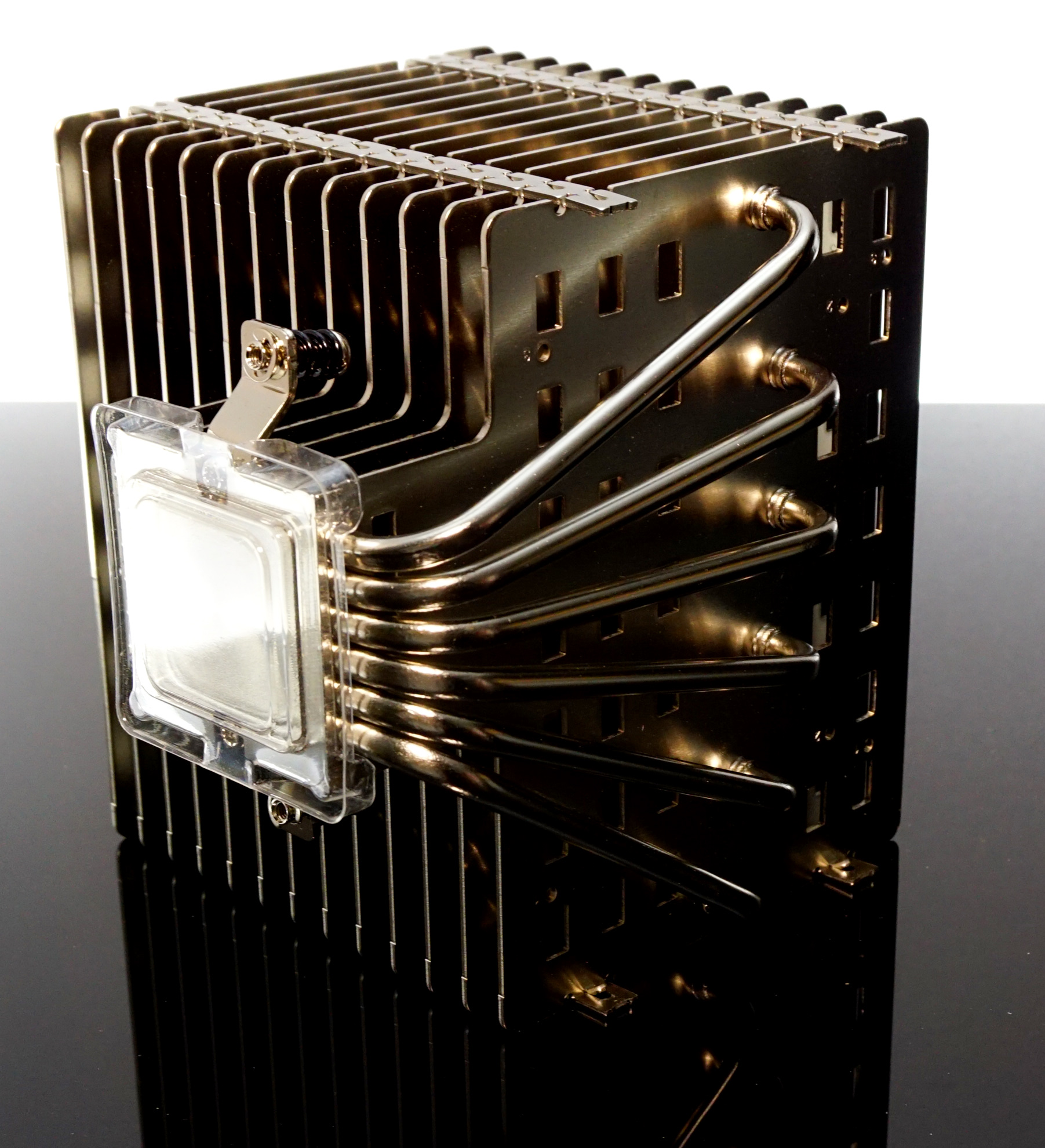
The Noctua NHP1 Passive CPU Cooler Review Silent Giant
Passive cooling uses free, renewable sources of energy such as the sun and wind to provide cooling, ventilation and lighting needs for a household. This additionally removes the need to use mechanical cooling.
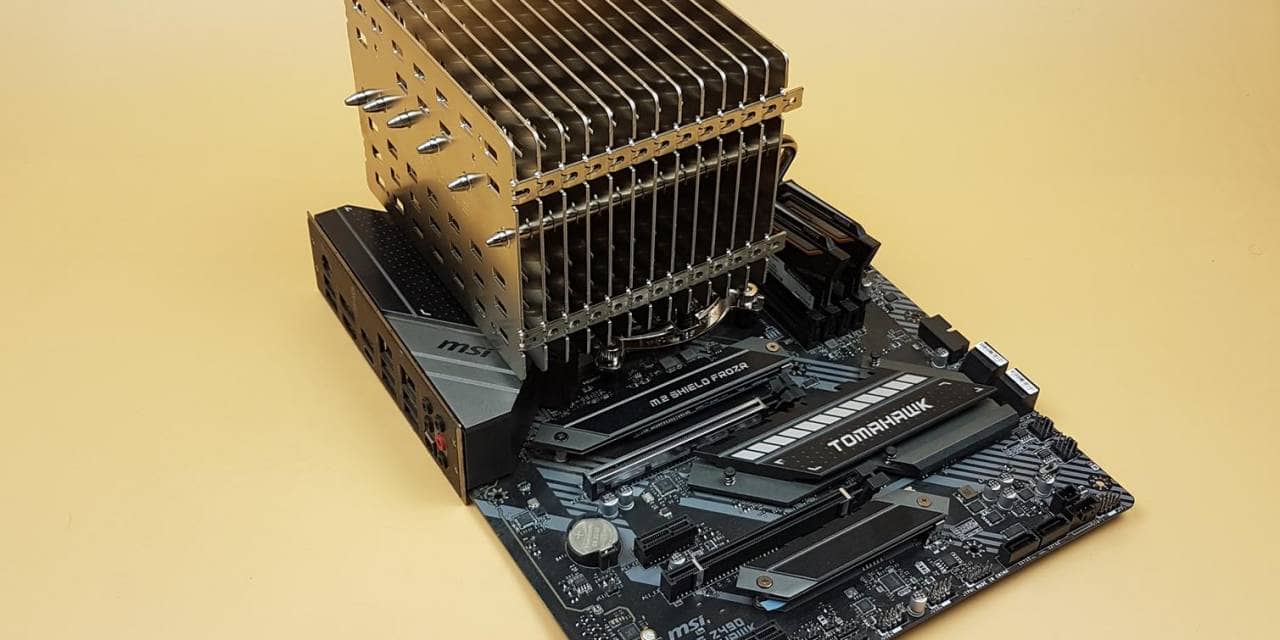
Noctua NHP1 CPU Passive Cooler Review
1 Introduction In the arid and hot climate, traditional architecture has a variety of passive cooling and ventilation techniques that support thermal comfort in buildings. A hot micro-climate depends on planting trees, vegetation, open courtyards, and white-painted exteriors.

FanlessTech 2 methods for passive cooling
Passive cooling techniques use ambient cooling sinks like building material, air, water, night sky, etc. to mitigate the rise in temperature of the building due to heat sources such as ambient air, direct solar heat gain, building an internal heat gain. Passive cooling techniques can help in maintaining the required comfort conditions of the.

passive cooling Passive cooling, Passive design, Cooling techniques
Passive cooling is an ancient principle that is still used today in many hot and humid climates. For example, the upper-class Greeks's built their homes with a central courtyard which often contained a body of water. This allowed for a breeze to push the hot air to the center of the complex where it would dissipate.
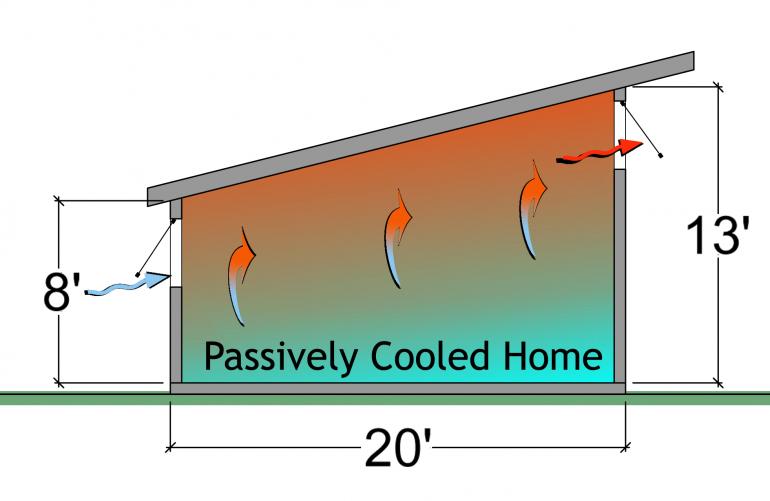
Passive Cooling Design
Two samples of passive cooling devices were tested on the roof of MIT's Building 1: On the left, a sample of the new system, combining evaporative cooling, radiative cooling, and insulation. On the right, a device using just evaporative cooling, for comparison testing. Credits Photo: Courtesy of Zhengmao Lu

Best Passive Cooling Device Home Future Market
As one of the main passive cooling methods, natural ventilation is widely used in the passive design of buildings because it can improve the indoor thermal environment and comfort, as well as.

FanlessTech Passively Cooled PC with 65W CPU & 47W Workstation
One possibly alternative approach is passive radiative cooling—a sky-facing surface on the Earth spontaneously cools by radiating heat to the ultracold outer space through the atmosphere's.
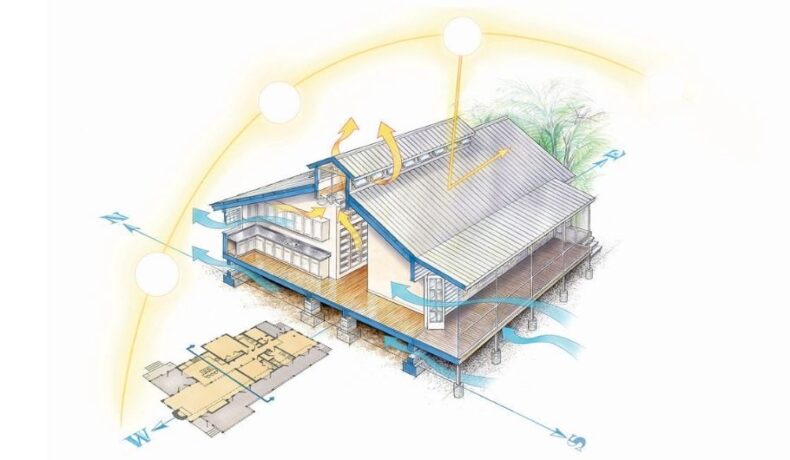
Passive Cooling For Your Home (All you need to know)
On the other hand, passive cooling systems are a type of building design that uses natural processes to cool a building without mechanical systems. They are applicable to both new and existing buildings and can effectively decrease energy costs. Passive Cooling strategies
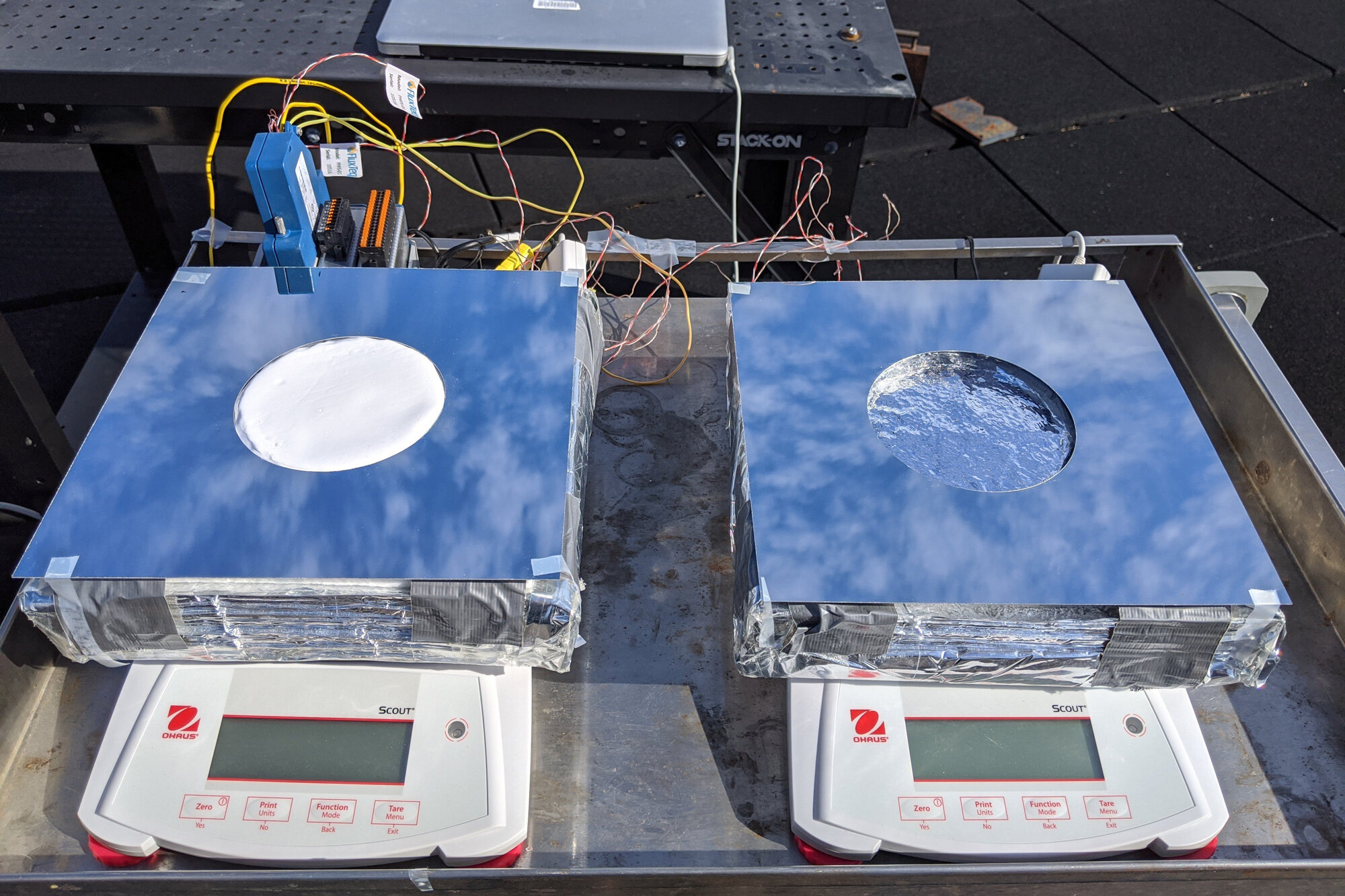
Passive cooling system could benefit offgrid locations
Moreover, an outdoor passive cooling experiment during a sunny day demonstrates that the bilayer can achieve efficient cooling performance with a peak power of 424.4 W m −2 and a maximum subambient cooling temperature of up to 10.4 °C between 10:00 and 14:00 under high solar irradiation and high temperature. At night, under low-temperature.

What are Passive Cooling Techniques (Types etc.) layakarchitect
What Is Passive Cooling? Passive cooling is a key element of a larger strategy known as natural conditioning — heating, cooling, ventilating and lighting a building naturally, that is,.

FanlessTech Passively Cooled PC with 65W CPU & 47W Workstation
Passive cooling techniques can reduce or eliminate the use of air conditioning and can be used for backup cooling during emergencies. Scope Implement passive and low-energy cooling techniques to reduce or eliminate the use of air-conditioning and to mitigate overheating during power outages.

FanlessTech FIRST LOOK Alpine AM4 Passive CPU cooler
Passive cooling techniques provide a promising and cost-efficient solution to reducing the energy demand of buildings.

Passive and LowEnergy Cooling Building America Solution Center
Using passive cooling can lead to peak load reduction as well as peak load offset, diminishing the interior temperature fluctuation, maintaining indoor air temperature in a comfortable range which consequently reduces fossil fuel usage as well as decrease the greenhouse gas emission.